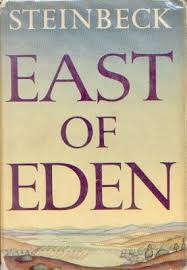
Author: John Steinbeck
Genre: General Fiction
# pages: 640
Date published: 1952
5-star rating: N/A
Would you recommend it: Yes
I recommend East of Eden it to whoever wants to be engrossed in a fascinating story. The book’s true strength, though, lies in its characters, some of the most interesting ever written. Each of John Steinbeck’s characters works as a symbol, though this idea is enacted almost in a postmodern manner; these individuals seem to know that they are symbols, and it is extremely interesting to discover how they handle this realization.
In addition, the book is relatable because the characters are human as well as symbolic. Many try to fight the symbolism attached to their name, and although their struggle between these identities reads almost like philosophy in places, sometimes to the point of being preachy, Steinbeck is able to pull it off without being in the readers’ face. I would argue that the philosophy is even one of the strongest aspects of the book.
In conclusion, I highly suggest this novel. Though many critics see it as an autobiography of sorts, I feel that it is more of an exploration on what it truly means to be free, and by extension, what it means to be human. I recommend it to anyone; Steinbeck is able to focus on a subject as broad as freedom in such a compelling way that it is something everyone can relate to.
Review by Michael Solah, A&S '15


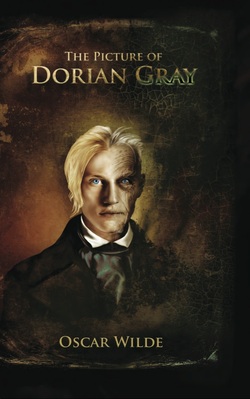

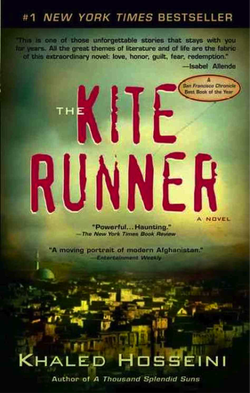
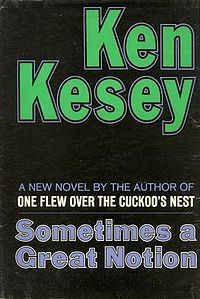
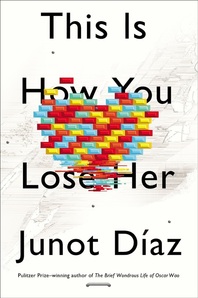
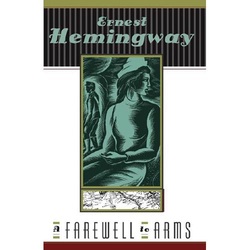
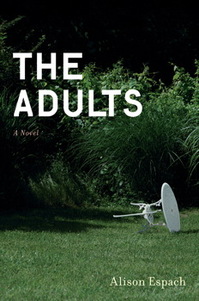

 RSS Feed
RSS Feed
